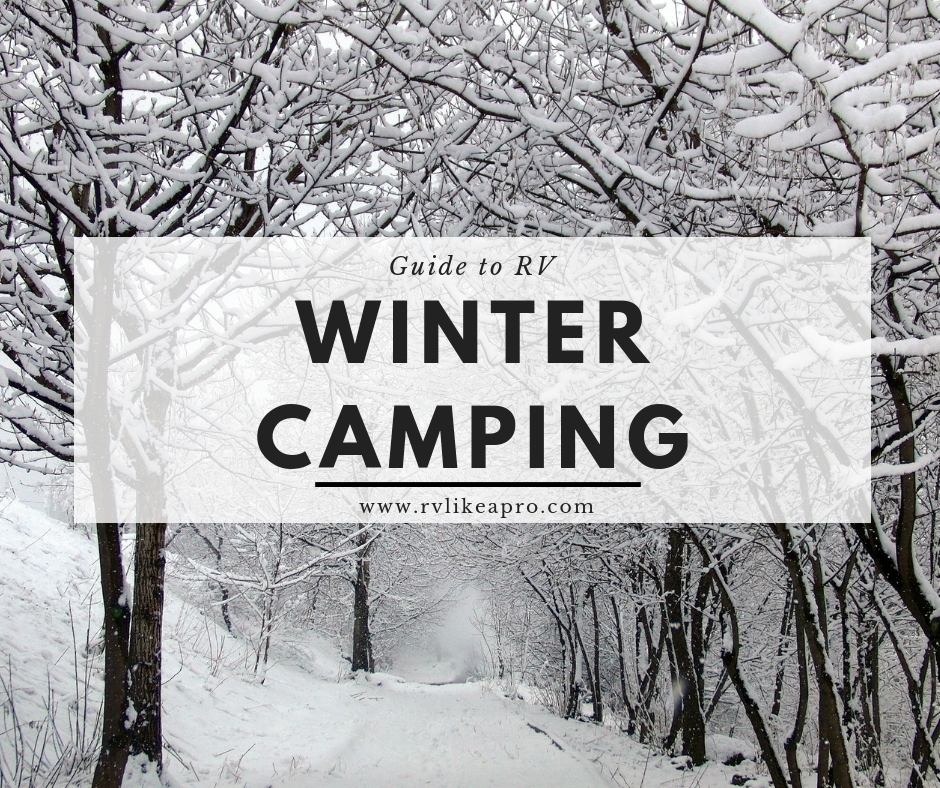
Guide to Winter Camping
The first thing I need to say is that we live in Minnesota. Temperatures here drop below freezing (not to mention the windchill) in the winter. For the purpose of this article we are going to be talking about temperatures below 32 degrees when we talk about winter camping. Now, because we live in Minnesota we don’t recreational camp during the winter. When we “camp’ in the winter, it is generally for deer hunting or ice fishing in a crank down fish house.
That being said, I have worked in every brand camper for the last 10 years in below freezing temps. My experience is that most campers will keep you warm enough to sleep and camp in during the winter months. However, you cannot use water without some adaptations to every camper. Note: if a salesman told you that you can camp in a particular camper all year round, as it sits, he lied. My first recommendation is to not use water in your camper during freezing temperatures, if you can help it. Leave the camper winterized.
Disclosure: Some of the links below are affiliate links, meaning, at not additional cost to you, I will earn a commission if you click through and make a purchase.
Propane
If you are going camping for the weekend, perhaps skiing, hunting, ice fishing, etc., be sure you have plenty of propane. Your furnace will be running almost ALL the time. You will likely go through much more propane than you think. I bring four, twenty pound, propane tanks when hunting for a week. Note: you could absolutely use more propane than this depending on how cold it is.
Most campers have two propane tanks. A propane regulator, which is out near your propane tanks, is designed to use one tank then once the first tank is empty it will switch to using the second tank. In the summer I leave the second tank’s valve closed because I want to know when I run out of propane in the first tank. While winter camping I open both valves because I DON’T want to know when one tank is empty in the middle of the night. I would rather just check it in the morning. Always keep extra propane on hand while winter camping.
Slide Rooms
It is OK to put your slide room out while winter camping. If it snows while you are camping, and you have you’re slide room out, you will need to sweep the snow off your slide room before you bring it in or it will damage your slide room. I just use a step stool and a push broom. Note: I do try to put my slide room in and out while the camper is warm in case the rubber gasket is frozen. If the gasket is frozen, you could just nudge the slide room with your shoulder to “break it loose” but you do risk cracking the gasket.
Using the Bathroom
Water freezes below 32 degrees. For this reason, I do not recommend you have a whole crew of guys peeing down the toilet, a lot of water in your black tank will expand when it freezes and can damage your black tank and gate valves. In addition, when solids are put down your toilet when no water or chemical is in the tank, it tends to stink. A lot.
Instead, I recommend bringing something to use as the bathroom due to the fact that you do not have running water. I set up a small portable fish house or portable outhouse and a portable camping toilet with a bucket and garbage bags in it. You can tie these bags up and place them in a garbage can outside. Don’t forget to take this with you and throw this stuff away at the end of your camping trip.
If you have someone along that will not use the portable toilet or the woods, or in case of an emergency in the middle of the night, you can use your campers toilet. This is done by using antifreeze instead of water. Antifreeze does freeze it just doesn’t expand like water. So, I bring a few gallons of antifreeze. Keep them in the camper where it’s warm. Then, before you use the bathroom put antifreeze in the toilet, go, then flush it with antifreeze. You will want enough antifreeze in the tank to cover whatever is in the tank. You will then need to deal with the tank in the spring after it thaws.
Using the Refrigerator
If you’re going to run your refrigerator while cold-weather camping you are going to need to put a heat source on the backside of the refrigerator. The refrigerator needs heat back near the cooling fins in order to operate. If it is below 32 degrees at your cooling fins your refrigerator will not work. To access the backside of your refrigerator, remove your cover on the outside of your camper. I use a 60 watt incandescent light bulb. I turn it on and set it inside the vented cover where it won’t melt anything. The light bulb supplies just enough heat to allow my refrigerator work properly.
Skirting
Skirting is exactly what it sounds like. It is a “skirt” that goes around your camper from the bottom edge to the ground in an attempt to keep the underside of the camper a little warmer. Skirting like the one below can be easily purchased here. It is easily removable so if you go from campsite to campsite you can remove it quickly, throw it in your compartment, hook up to your camper and off you go.
Jacks and Leveling
I always bring a couple of 2 x 6 boards at least a foot or so long to put underneath my stabilizer jacks. These give your jacks a bigger footprint and help keep the jacks from sinking in the snow. It also helps keep the jack from freezing to the snow or ice making it difficult to retract your jack. If the board freezes to the ground you can knock it loose from the snow with a hammer once your jacks are up. If you are ice fishing, using a drop-down wheelhouse, I recommend you drop that on blocks of wood too so it doesn’t freeze to the lake. Then bank the sides of your house with snow.
If you have a larger fifth wheel type camper you may have a hydraulic leveling system. If you do, and you are only going to be camping at a certain spot for a couple days or so, I would not run down the rear levelers. It takes a lot of power to make that cold hydraulic fluid move, and it may take a very long time.
Long Term Winter Camping
You are going to need water if you are going to be living in your camper for a long period of time. To use the water in your camper during the winter I recommend:
- Permanent or heavier duty skirting. Aluminum skirting is available (similar to that used for mobile homes). This will help keep the wind from whistling underneath your camper. It looks nice and no one is going to complain about how your camper looks. You can usually pick it up at any mobile home supply store. Ideally this would be installed in the warmer months so you can dig the skirting down a little bit in the dirt. This will also help keep rodents from going under your camper.
- Heat tape is a ribbon that comes in various lengths with an electric power line running through it that you wrap around your metal water lines and PVC sewer hose that warms up when it’s plugged in. When applied correctly heat tape will keep your water lines from freezing. Apply heat tape to the incoming waterline and sewer pipes including the sewer connection to the ground. This is a must if you are in temperatures below 32 degrees. Note: you cannot wrap heat tape around a garden hose. Instead use a heated garden hose.
- I also recommend you put some kind of heat source underneath your camper. Be sure its not something that would start a fire. I’ve seen people use a light bulb on a clamp-on type light fixture or two. Light bulbs will produce just a little bit of heat under your camper to try to help keep your lines, pipes, and tanks from freezing.
- You are also going to want to put insulation in your outside shower compartment. If you have an outside kitchen I recommend you buy a piece of the pink foam insulation and attach it to the inside of your outside kitchen door. Compartment doors are pretty thin and it doesn’t take long for cold air to get through, effecting your outside faucets, and sewer lines. These lines are often going to be the first ones to freeze.
- I also recommend having some kind of electric or ceramic type heater that will not produce any gases to help take the chill out of any cold areas that might develop in your camper.
- If you have any water lines freeze, open the cupboards to allow heat to get into the area of the frozen water line. I once had a customer call me for advice, his water lines had froze in his bathroom vanity. Every place else was fine. The temperature outside was 30 degrees. I advised him over the phone to open the cupboard doors and allow the heat to get to get to the water lines. That customer proceeded to open the cupboard door and then set his thermostat at 40 degrees. He called me the next day wondering why MORE of his water lines were frozen. Note: if you are trying to thaw out water lines turn your thermostat to 70 degrees or so. Allow some heat to get into your cabinets. It may even take a hair dryer or heat gun or another heat source to thaw the ice out in those lines.
Other Tips
- One very simple way to stay warm while winter camping is simply wearing more clothes. We always bring slippers and long johns or sweatpants to wear because it’s cooler towards the floor.
- If you bring small children, and they are going to be sleeping in bunk up against a wall, you might want to put that wall away from the wind because the cold winter wind blowing on the wall will make that wall colder than the rest.
- We made a little sidewalk out of two-by-fours and plywood for the bottom of our stairs. It makes it so it’s not slippery or wet when you step off your steps. Ours is 3 ft by 6ft and fits perfectly in the back of a pickup. This can also be used as a way to get to your outhouse without having to put your boots on.
There are a lot of things to consider while planning to camp in freezing temperatures. Hopefully we have given you some tips you may not have thought of.
Happy camping.


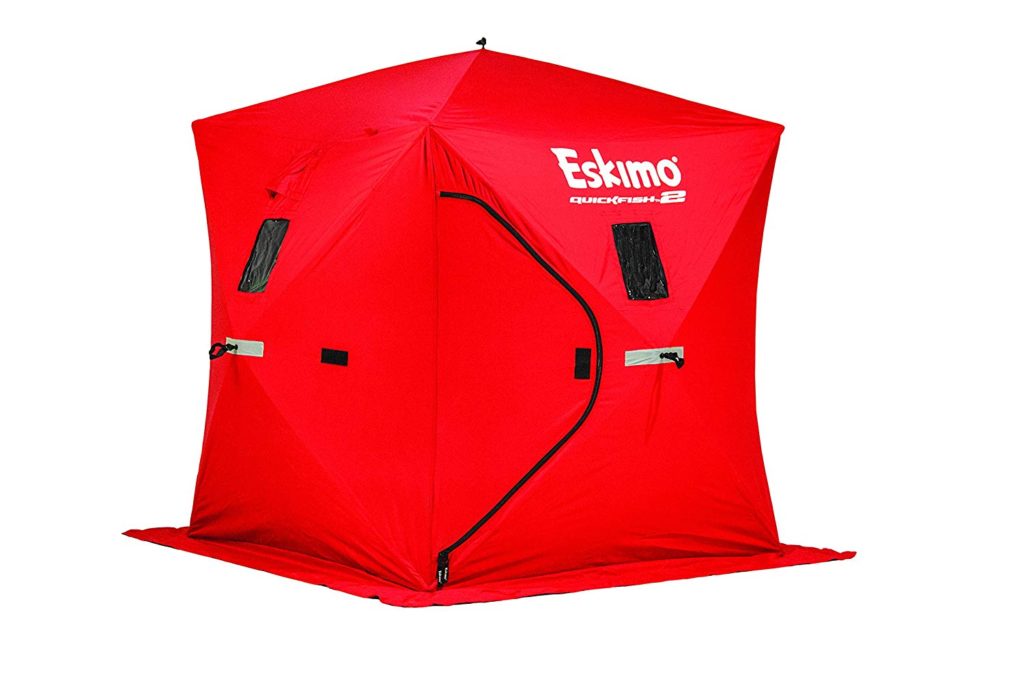
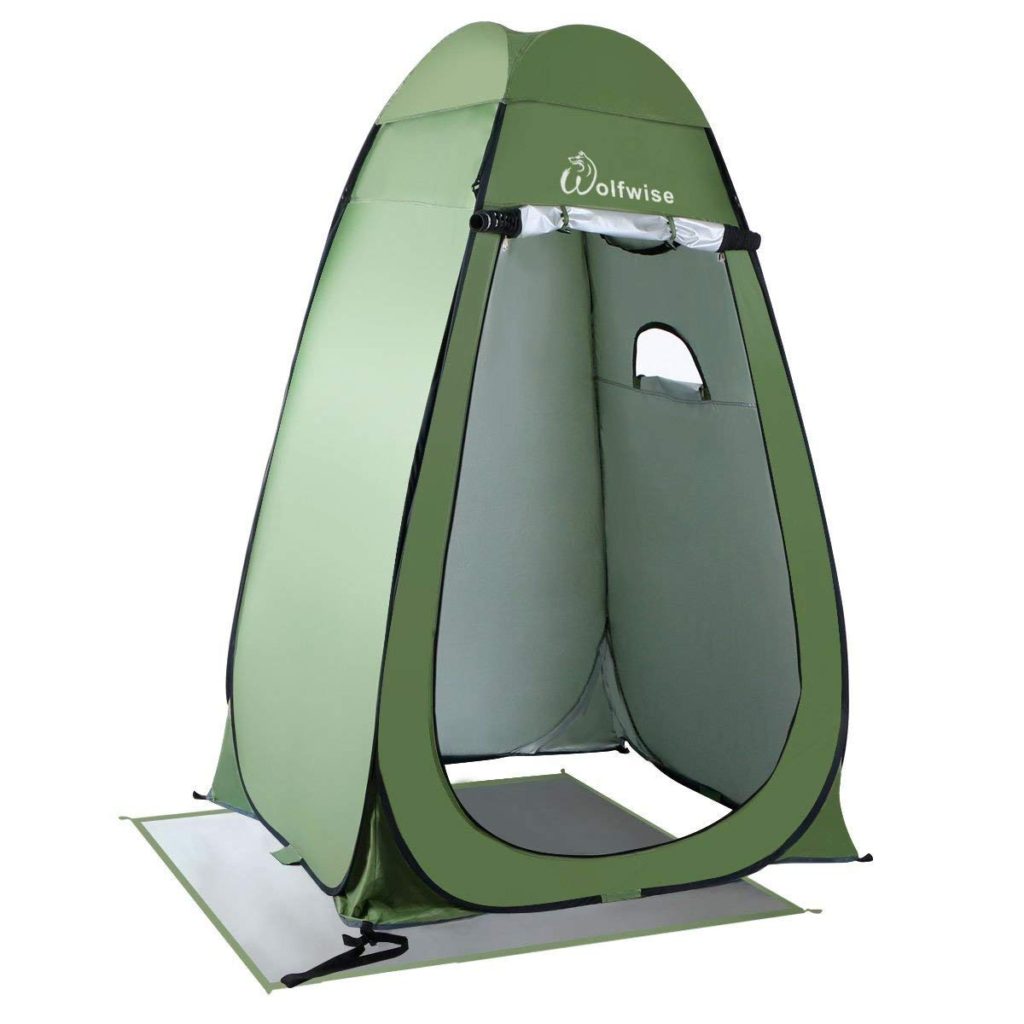
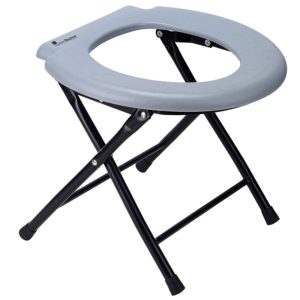
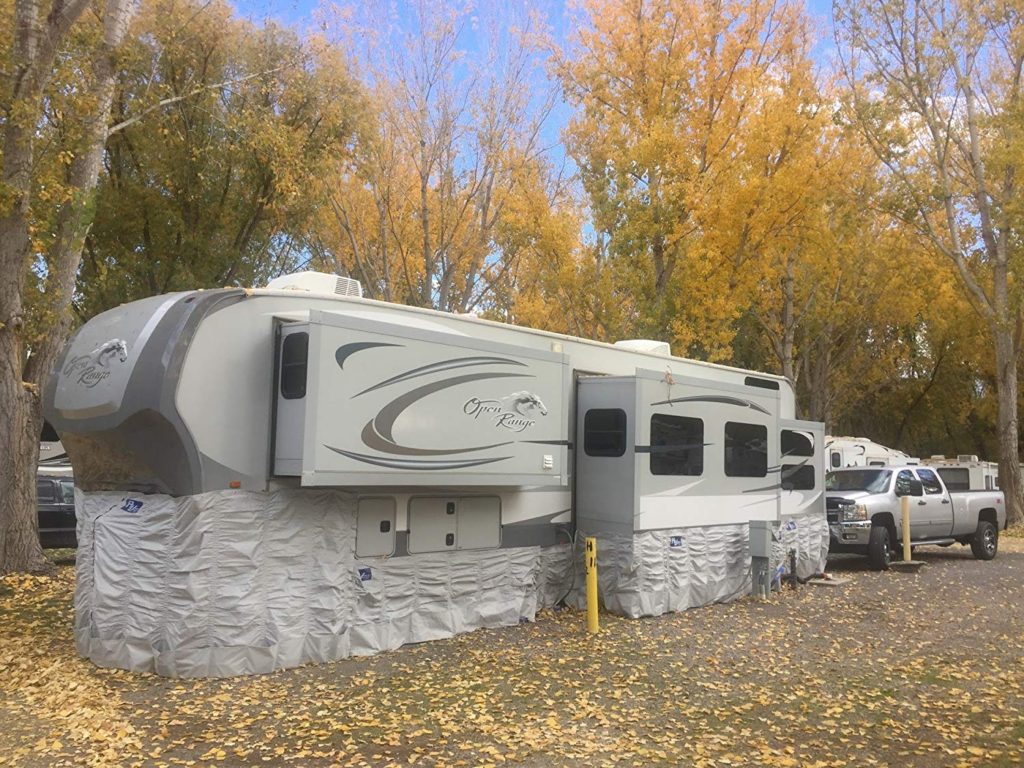

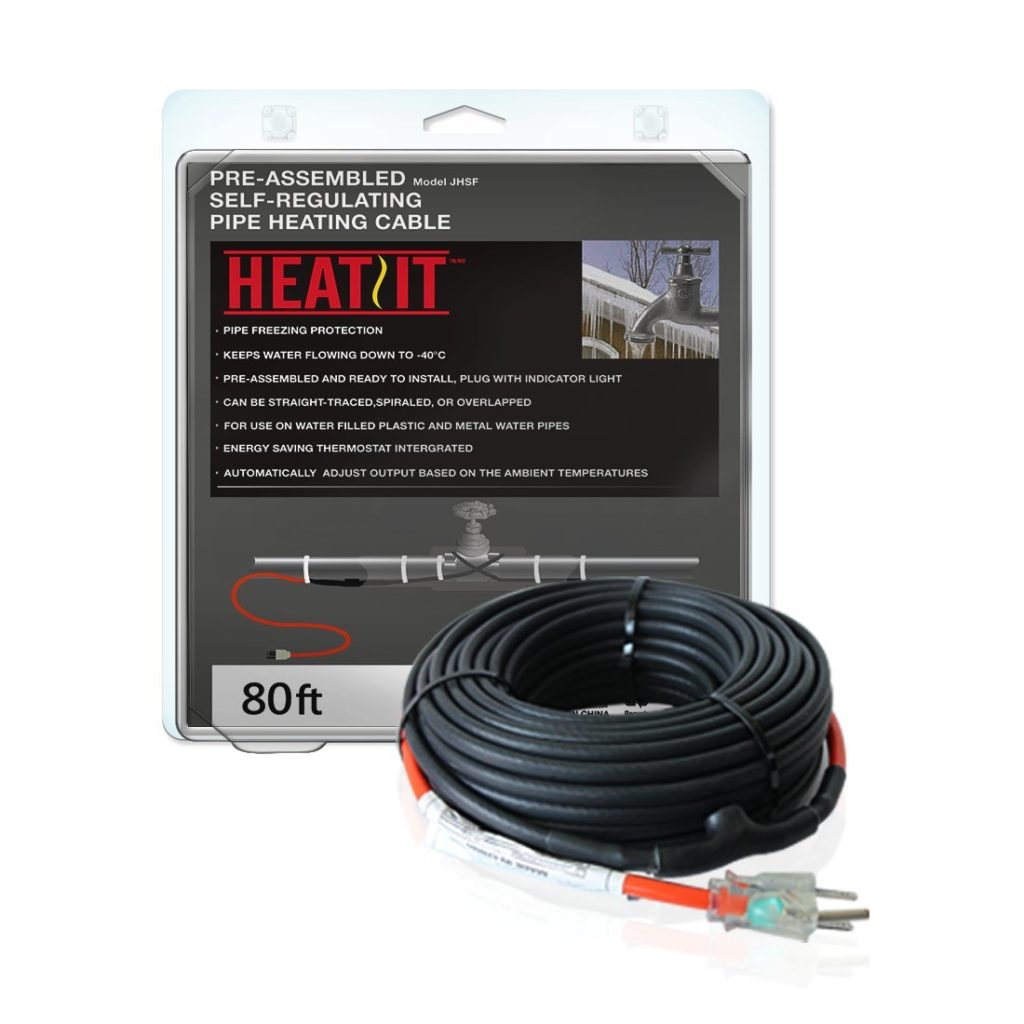
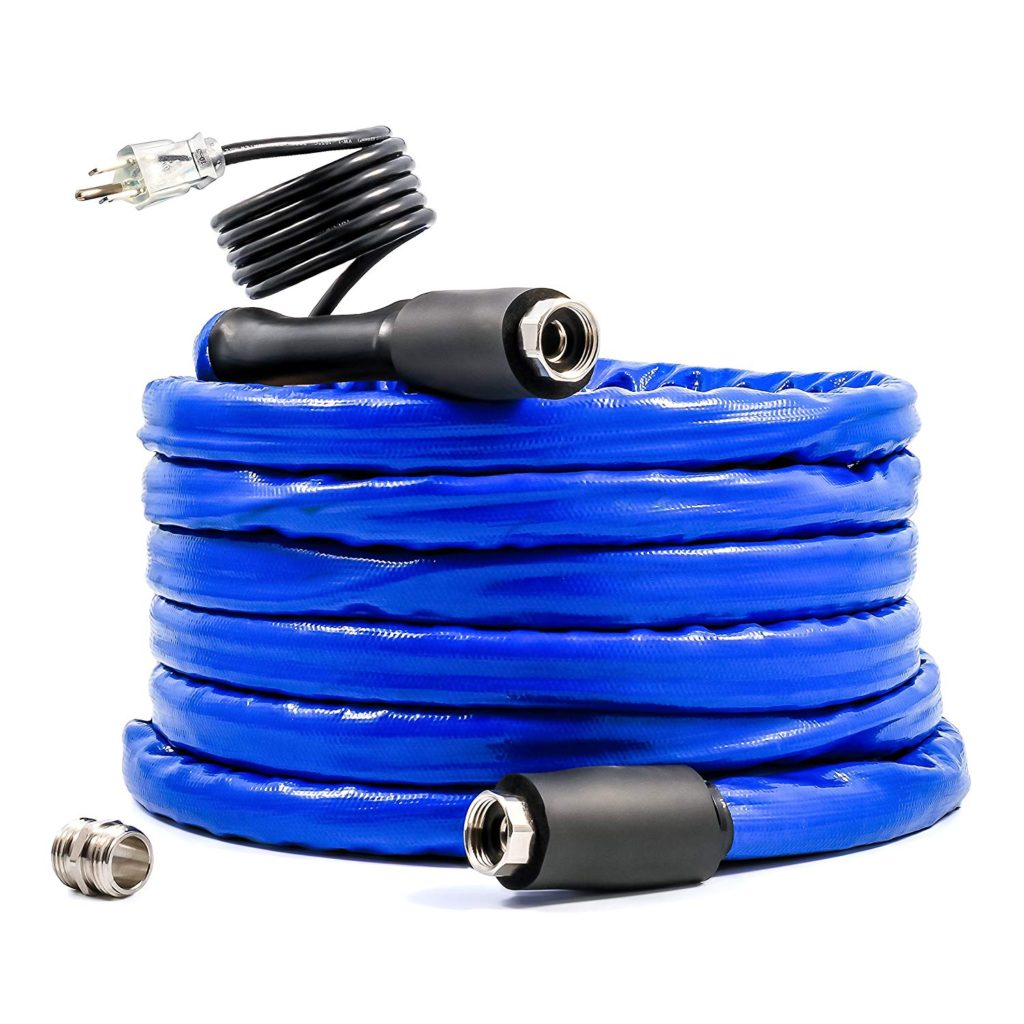
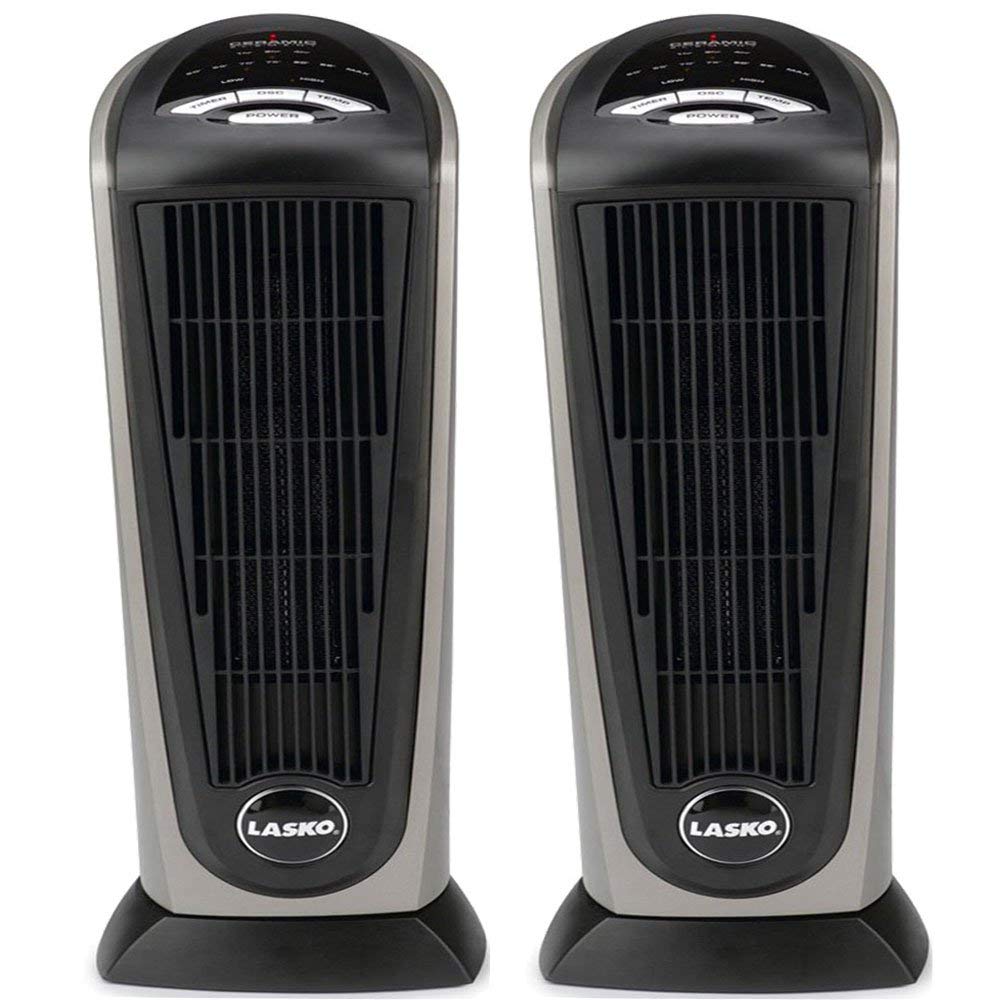
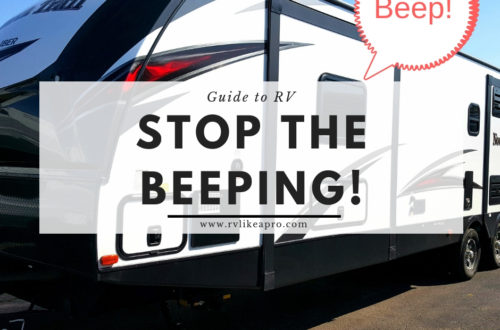

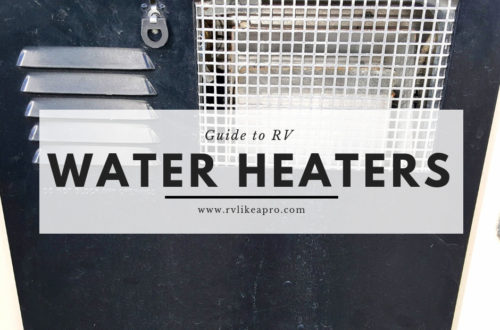
23 Comments
Pauline
These are great tips. We’re taking ours out ice fishing in two weeks.
Jo
Wow! What a great and incredibly informative post!
Janice
Very informative post for campers
Kristi @ Way Beyond The Norm
Or just not camp in the winter. LOL! Seriously though, we are getting ready to RV full-time and this is one of the things that turns me off. I hate the cold. Hubby tells me every morning when we’re camping to put on more clothes. I should be comfortable…and not have to wear a parka inside my camper. =) Thanks for sharing your great tips!
Holly Bird
Great tips even in AZ winter camping can be cold and freezing temps..thank you for the great suggestions!
Rachel Newlon
Good to know about water freezing!!! I have an extensive background in backpacking and I’m thankful to know how to dig a good old fashion toilet! LOL!
Meagan
You are a braver person than I… This is so intimidating to me! You’re awesome!
Shelly
I LOVE Camping, you make me want to go so bad right now. Although, I require a running toilet lol.
Janine
Just reading this made me feel cold!
Tiffany F
Great tips! Will have to keep these in mind!
Stacy Frazer
Fair weather girl here. So If I had to go winter camping you bet it would be in an RV! Thanks for this very well written article.
Ruth Iaela-Pukahi
Never in my wildest dreams have I thought about winter camping being from Hawaii. lol so many different things to think about and prep for. Reading this post makes me want to give it a try because it looks like you covered all the basis. I probably would be too cold to ever leave the camper though. lol. Sounds like an adventure! 🙂
Tricia
We are planning on retiring to an RV so this will defintely come in handy! thanks!
Katie
Living in an RV full-time, we already do many of these things. It doesn’t get as cold in Georgia as it does near you, though!
Flor
Great tips! I don’t see myself camping but I love to read your posts!
Dawnmarie @ EnjoyingtheDays
You have given some helpful insight for colder months. I do wonder how an RV stays warm with below zero temperatures. What else helps besides a skirt?
Chantelle Jeffers
Really interesting and informative post I’m not sure I’m ready for winter camping just yet though..
Susan Franklin
Wow – your post is so informative and detailed. I’m not sure that I would do any camping in the winter, but for those that would, you offer great tips!
Dominique
You are clearly an expert! This is a great post with so much detail.
Georgette
Love your writing skills. We enjoy learning the ins and outs of being a RV owner before being an owner.
Tonya | the Writer Mom
Camping in the winter is definitely not for me! Lol 😂
T.M. Brown
Oh, my gosh! Well, first, I could never get myself to go camping in the winter (kudos to you, my friend!!!). Second, I would have NEVER thought about the things you talked about up there! I could not get over the whole bathroom scenario! Brilliant fixes!! You really have this down pat and are certainly the expert!
Daphne Gilpin
I like how you said that camping n the winter can be fun for ice fishing or deer hunting. My husband and I want to spend more time together, and we both really enjoy the snow and colder weather. I think we might look into getting a fish house so we can go ice fishing together soon.